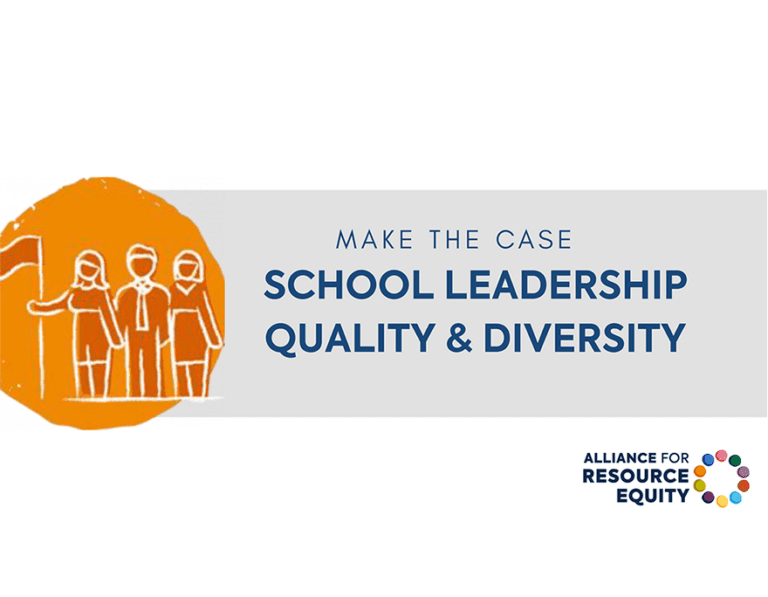Common Causes of Inequity
- Non-strategic assignment practices: Because of a lack of incentives, recognition, and opportunities for growth, the strongest teachers may not find roles in the highest need schools to be attractive or sustainable.
- Poor working conditions: Challenging workloads or school climates without appropriate flexibilities and supports can reduce school leaders’ morale, retention and performance.
- Flawed hiring practices: When school leader pipelines and hiring practices are flawed and/or biased, districts can struggle to recruit a sufficiently high-potential and diverse applicant pool.
Key Questions to Explore
- What percentage of schools in our district have stable school leadership teams (the same school leadership over a three-year period)?
- How does the stability of school leadership vary across schools in our district?
- How diverse is the school leader pipeline (relative to the student and staff populations of our district)?
- Do retention rates differ for school leaders of color and linguistically diverse school leaders, compared to other school leaders?
What Does the Data Say About School Leadership Quality & Diversity?
Our interactive data resource will help deepen your understanding of how dimensions of resource equity like School Leadership Quality & Diversity play out in schools and districts across the country. As you navigate these interactive stories, you’ll learn how system shifts can lead to more equitable and better student experiences and outcomes.
School Leadership Quality & Diversity Resources
Related Dimensions
No single dimension of education resource equity can unlock every student’s potential—but when dimensions are combined to meet students’ distinct needs, they are a strong foundation for unlocking better, more equitable experiences in school.
Explore the Positive & Inviting School Climate dimension, as school leaders play an important role in developing the climate in their school building.




